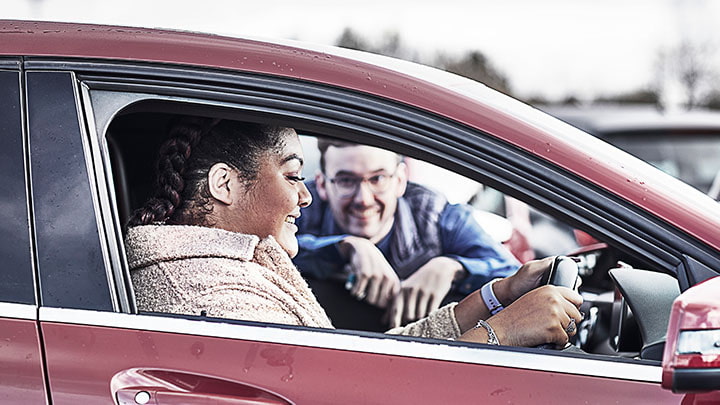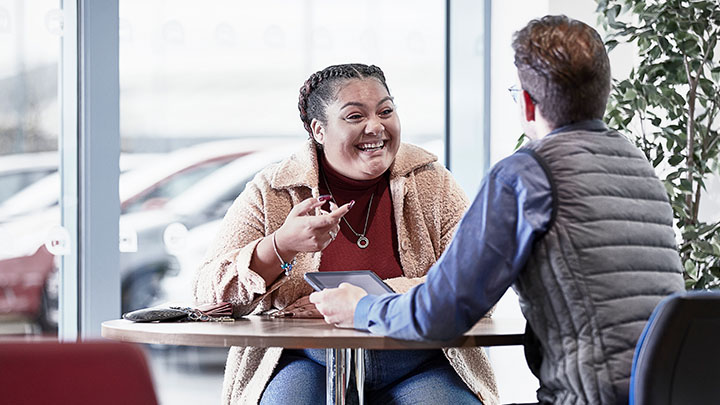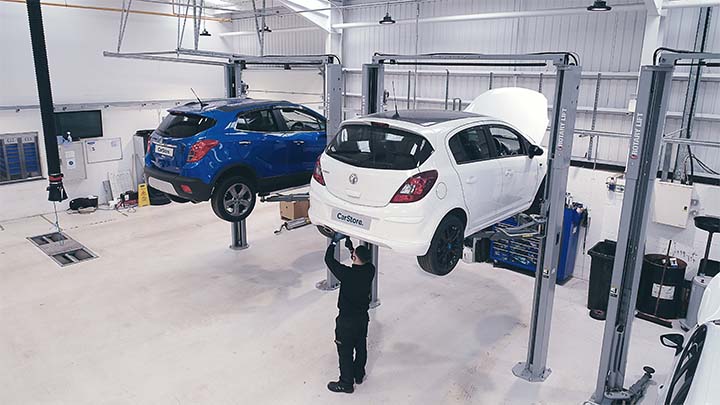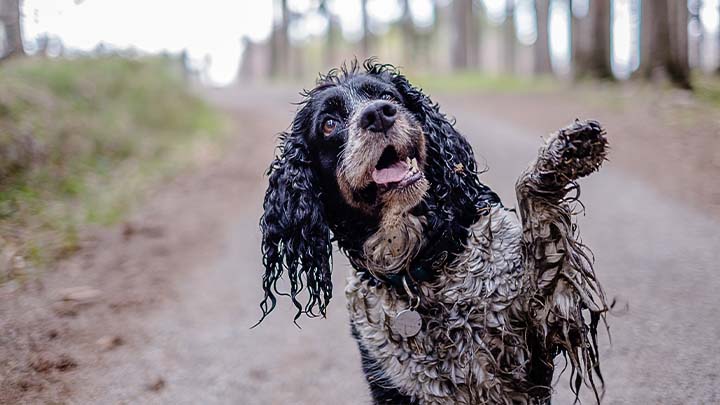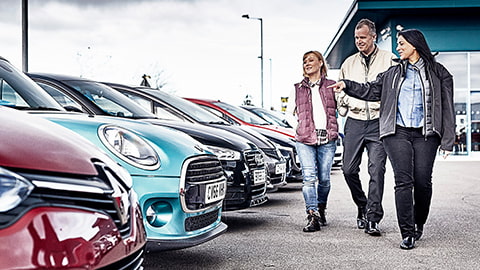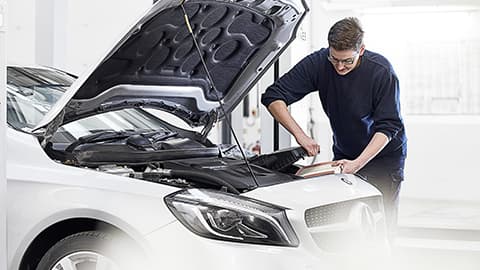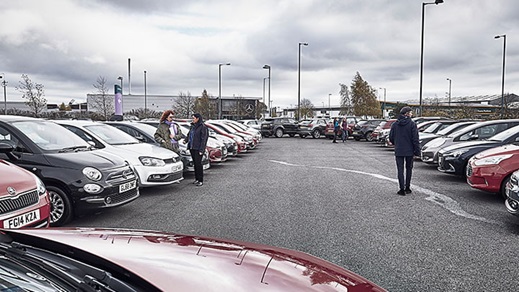Are you buying, or selling?
Browse our latest guides
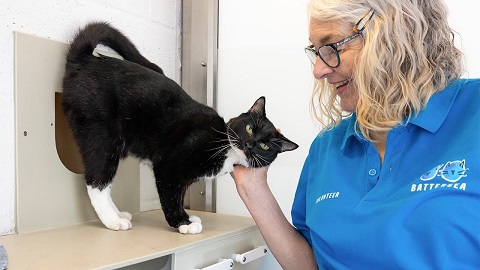
Tips on how to travel with your cat
04 Sep 2023
Here are some tips for travelling with your cat in the car.
Read More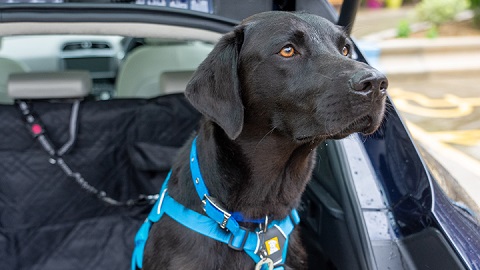
How to get your dog used to your car
23 Aug 2023
Here are some tips for getting your dog used to your car.
Read More
Tips on how to travel with your dog this summer
07 Aug 2023
Here are some tips for travelling with your dog in the summer.
Read More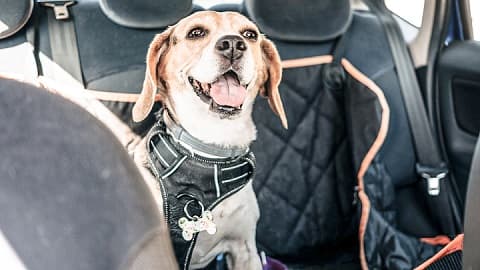
Pooch Pitstop Planner: Plan the ultimate dog friendly car trip
27 Jan 2023
Learn how to safely travel with a dog in the car with this helpful guide.
Read MoreOur Personal Advisors are here to help you
Choosing the right car for your needs can feel like a daunting task, but it doesn't need to be.
If you haven't found the right car for you on our website, then please feel free to visit one of our CarStore Centres. A Personal Advisor will be more than happy to discuss your requirements and then make a recommendation that they think is right for you.
Alternatively, you can browse our used cars to see if there are any cars that you like the look of.


